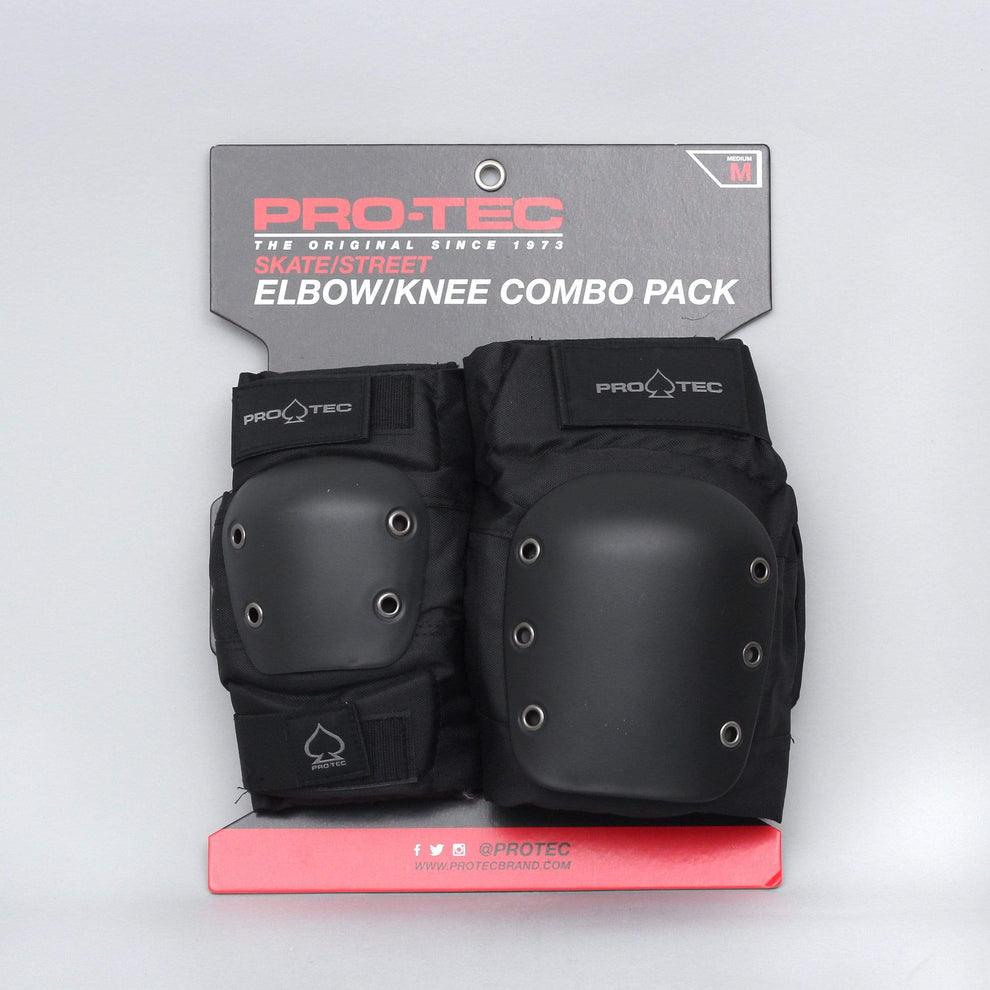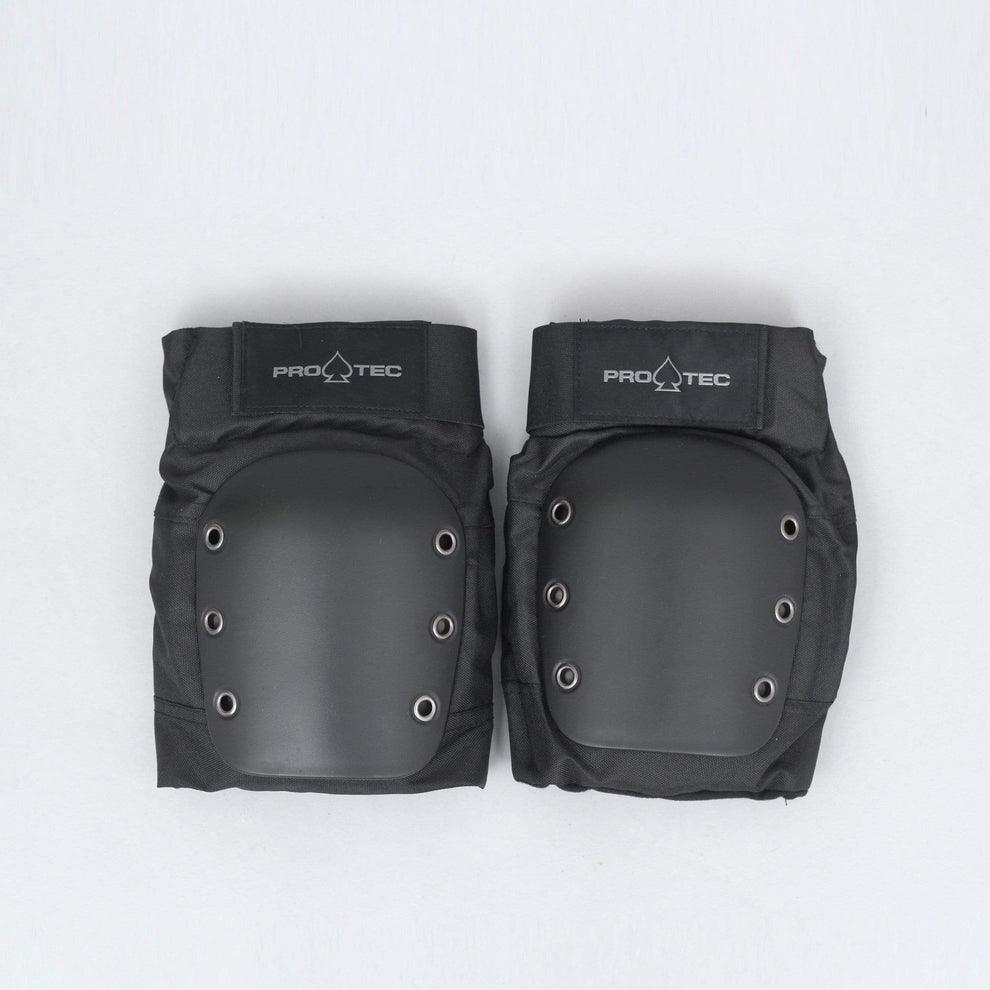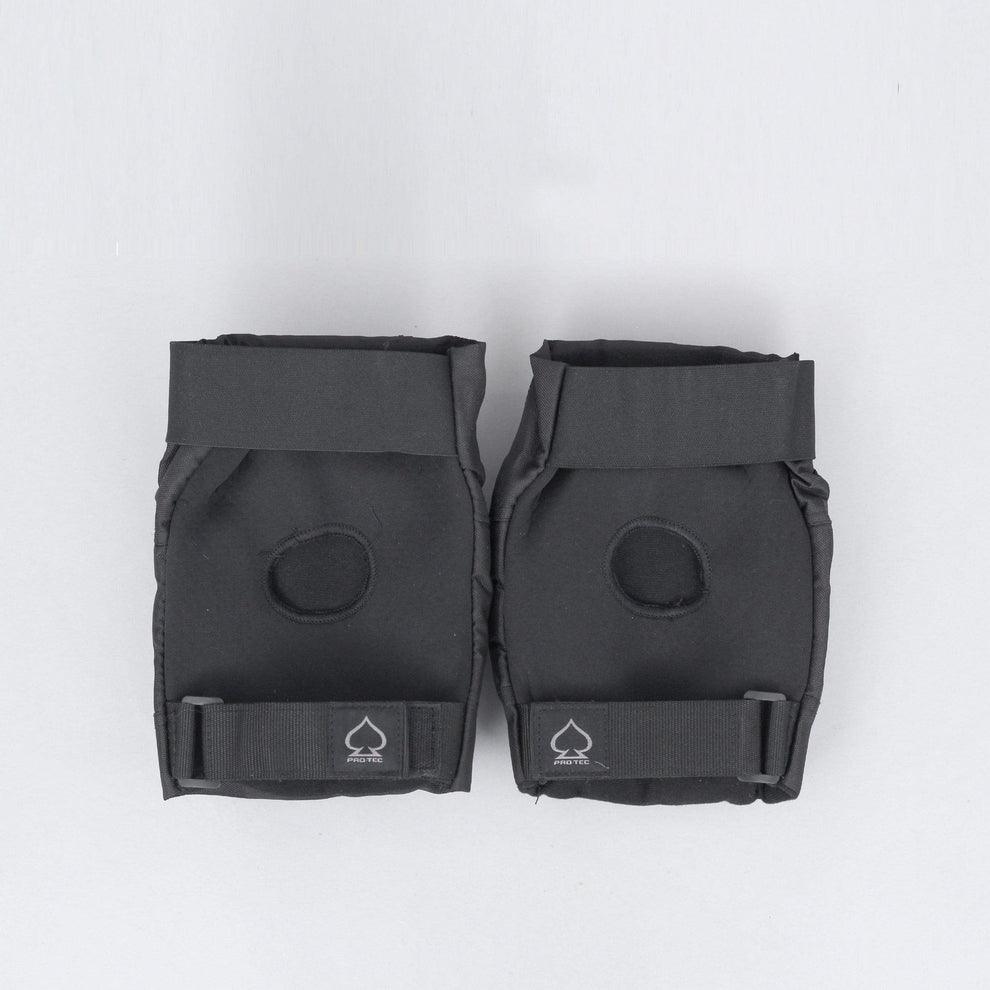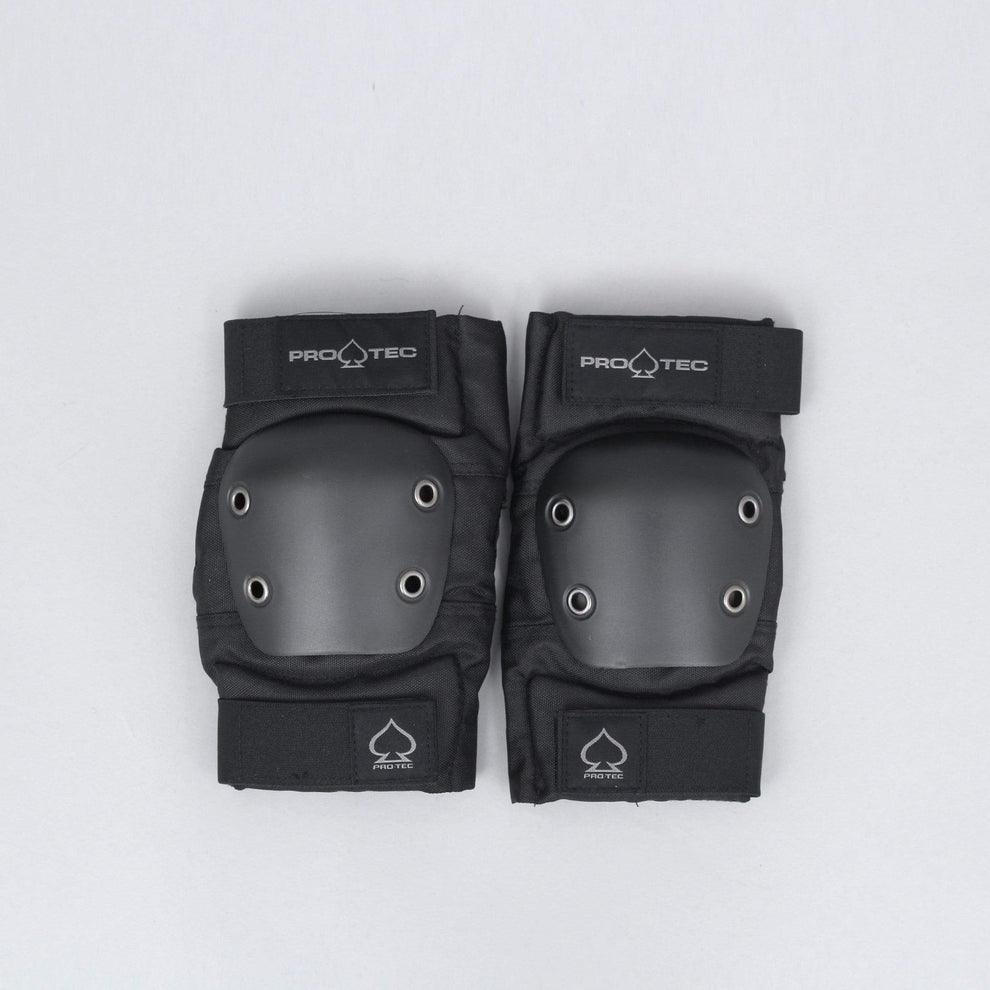Pro-Tec Pads Adult Street Knee/Elbow Pad Set Open Black
Pro-Tec Pads Adult Street Knee/Elbow Pad Set Open Black
In stock
Couldn't load pickup availability
Pro Tec Skate Protection
The legend, reborn. Our most popular pad series has been updated with a new hard cap design, an ergonomic Knee Cup Shape, and diamond grip pull tabs, as well as a new diamond texture skid panel.
Features
- Locked in EVA foam, a combination of thick and thin padding with an ergonomic design that “locks in” your knees for optimal fit and maximum protection.
- Ballistic Nylon, ultra-tough ballistic nylon that resists tears and protects your knees from skids and scrapes.
- Hard Cap, a curved cap that allows better fit and protection.
- Perforated Neoprene, allows for better ventilation keeping you cool and dry.
Pack contents
- 1 Pair of Adult Street Elbow Pads & 1 Pair of Adult Street Knee Pads
- Materials: Terylene 38%, Polypropylene 20%, Nylon 18%, Polyurethane 20%, EVA 4%
Skate Protection
For those just starting out, investing in quality skate protection is highly recommended. Not only will this protect you from injuries, but it will also make skateboarding more enjoyable as you won't have to worry about getting hurt. Take it from us, wearing pads is a must for skateboard safety.
The Evolution of Skate Protection: From Risk to Safety
Skateboarding began in the 1950s when surfers wanted to ride streets on wooden boards with wheels. At first, there was no protective gear. Riders skated in regular clothes, often barefoot or in sneakers. Injuries were common, especially head trauma and broken bones.
By the 1970s, skating grew more extreme. Pool skating and vert ramps became popular. Skateboarders started to push boundaries. Unfortunately, accidents increased too. Riders realized that safety was essential if the sport was to continue. The first protective gear was improvised. Some used hockey pads or motorcycle helmets. These items weren’t designed for skating but provided basic protection.
In the 1980s, skating culture expanded fast. Brands like Powell Peralta and Vision Street Wear gained popularity. As skateboarding moved into the mainstream, companies began creating gear specifically for skaters. Helmets were redesigned to fit better and protect from multiple impacts. Knee and elbow pads became more comfortable and flexible. Wrist guards also emerged to prevent sprains and fractures.
The 1990s brought technical street skating. Skaters jumped off stairs, slid rails, and flipped boards on concrete. This style was dangerous and required even more protection. However, many skaters avoided wearing gear because it wasn't considered “cool.” Helmets and pads were often bulky or uncomfortable. As a result, injuries continued to be a part of skate culture.
To address the problem, companies began innovating. Helmet makers used lighter materials and better ventilation. Pads became slimmer but still effective. Comfort, style, and function improved significantly. Some protective gear even featured graphics and branding that appealed to skaters.
Public skateparks also played a role. Many required helmets and pads for all visitors. These rules helped normalize safety gear use. At the same time, youth skate programs and contests encouraged safer skating practices. Parents became more aware of risks and began insisting on protection.
Skateboarding’s inclusion in the Olympics in 2020 boosted the importance of safety. Olympic rules required helmets, even for street contests. This new exposure made wearing gear more acceptable and even fashionable. Pro skaters appeared in ads wearing helmets and pads, setting new standards.
Today, skate protection has never been better. Helmets meet strict safety standards and offer advanced impact protection. They’re lightweight, breathable, and come in many styles. Pads are made from high-tech materials like EVA foam and Kevlar. They're designed for movement and long sessions. Some are even hidden under clothes for a clean look.
Smart technology is entering the scene, too. Some helmets include sensors that detect falls and send alerts. There are apps to track safety stats and help skaters progress without injury. The future of skate protection looks both high-tech and customizable.
Despite these advances, challenges remain. Not all skaters wear gear regularly. Many older skaters still prefer to ride without it. Changing these attitudes takes time and consistent education. But younger generations seem more open to protection—especially with gear that's stylish and effective.
The journey of skate protection reflects how the sport has matured. From improvisation to innovation, each step has saved lives. As skating continues to grow, so will the technologies that keep riders safe. Whether you're a beginner or a pro, smart protection is now part of skating's DNA.
Skating may be about freedom and expression, but staying safe means you can ride longer and harder. That’s a trade-off worth making. Every scar tells a story—but today, fewer scars are needed to write them. 🛹💥🛡️
Share







FAQs
Got a question? We are here to answer









